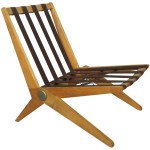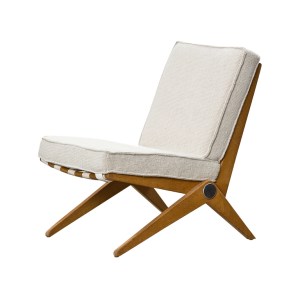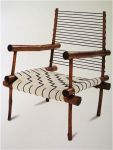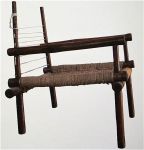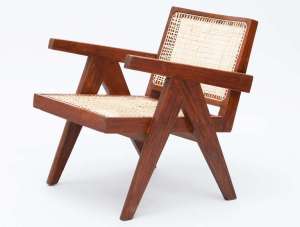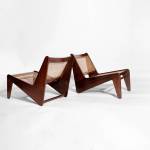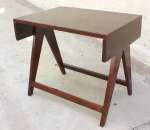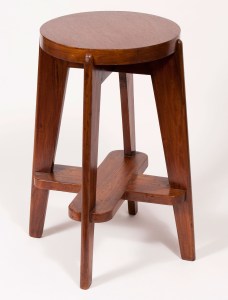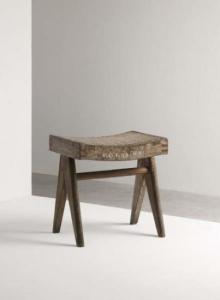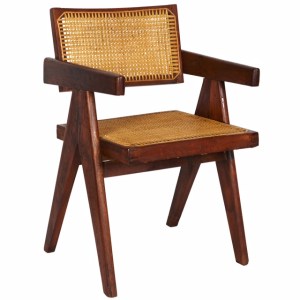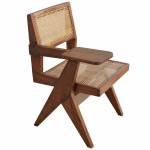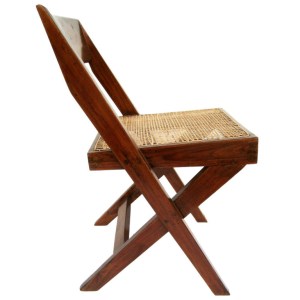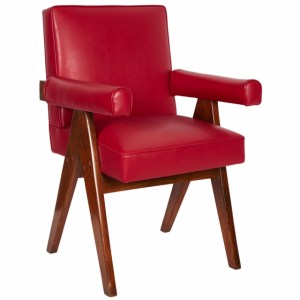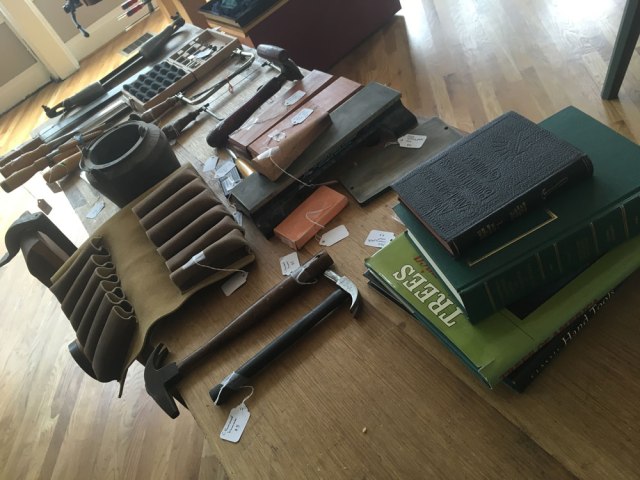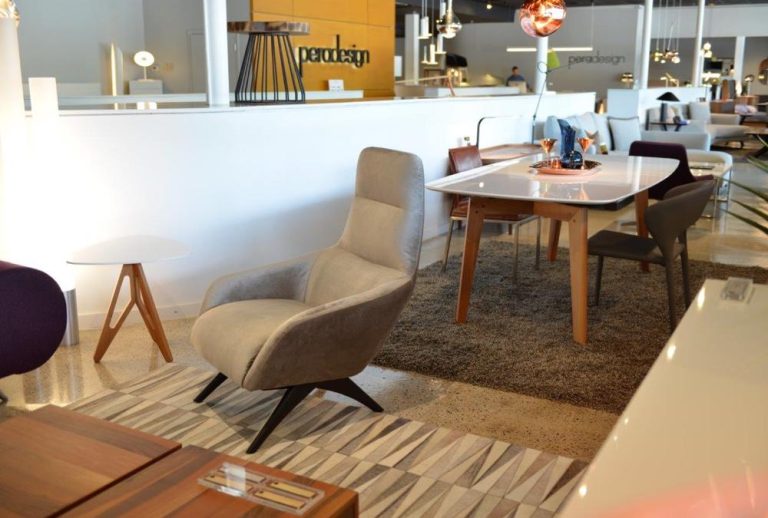Meet Pierre Jeanneret, Swiss Designer –
Editor’s note: When people ask why I write about woodworking, I usually answer: “It’s the only thing I’m qualified to do – besides washing dishes.” In truth, however, my unspoken goal is to nudge woodworkers to close their laptops or books and build something. Anything. One of the ways to inspire is to expose people to work or styles they haven’t seen before. While I like and respect the Shaker, Arts & Crafts and period styles, the world is a much bigger place.
Recently Suzanne Ellison, our indexer and a contributing editor, has been showing me a lot of work by Pierre Jeanneret (1896-1967), a Swiss architect, furniture designer and cousin to Le Corbusier. I’ve asked her to share some of that here. I know some snarky commenters are going to say it’s clunky or ugly. That’s not the point. There is something you can take away from each of these pieces. Some look dated. Some are brilliant.
You’ll understand Jeanneret’s work better (especially the Indian stuff) if you read this short bio at MoMA.
— Christopher Schwarz
If you are designing chairs for new modern buildings in a high heat and humidity environment you are going to use teak and there will be caned backs and seats for breathability. The chairs are for government offices and college classrooms so they have to be sturdy. Lastly, a high number are needed. Jeanneret came up with a basic design that could be adapted for various uses and that could be made with local materials. I like the chunky V-legs and arms balanced with the lightness of the woven back and seat. In profile the upside-down “V” with a line across the top almost looks like the Chinese character for human. My favorite is the Lounge Chair. I could live with it.
All the Chandigarh designs were done in the 1950s, as was the Scissor Chair for Knoll. It had a simple frame and came with cushions that snapped on. All of the chairs and stools made for the buildings in Chandigarh were teak and made in India. Chandigarh was the first planned city post-independence from Britain.
More pieces he designed for the buildings he and Le Corbusier designed in Chandigarh, India.
— Suzanne Ellison
